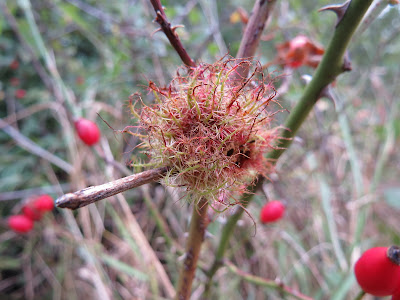I went down to where the railway crosses the river this morning and it was clear that there was a major movement of winter thrushes under way. Redwing ‘seep’ calls were everywhere and flocks were coming out of every bush. they were joined by at least 50 Blackbirds and small numbers of my first Fieldfares of the autumn all in a small patch of hawthorn and ivy. In around half an hour I had seen at least 600 Redwings.
These movements were reported from Nosterfield and Richmond
too but the heaviest passage there was much earlier in the day and as I was
late out this morning I almost certainly missed the main movement so the total
numbers involved must have been huge.
There were also finches moving through with the thrushes including
my first Siskin of the year…
It’s interesting that these birds seemed to be moving along the railway rather than the river and I have seen this before with birds apparently following the line of the tracks.
Less seasonally I heard Swallow this morning with both Andy
and Chris also seeing birds today, in the case of Andy’s they were flying north-west over Scruton! I have also had
both Blackcap and Chiffchaff today but still haven’t stumbled across a
Yellow-browed Warbler…
The ivy at the railway bridge site was still alive with
insects in the morning sunshine including a very smart Comma (probably the
latest date I have seen one in the parish)…
And also this interesting wasp…
I don’t think the white is pollen but is maybe a fungal infection or possibly an example of leucism?
Other sightings since I last wrote have included male Merlin
over the village; Dunlin, Snipe, Green Sandpiper and a pair of Little Grebe on
the river; nine Golden Plover along Greenhills Lane and some nice coveys of
Grey Partridge. These included a group of 24, the largest for many years.
It does seem 2020 has been a relatively good
year for Grey, presumably linked to the fact that no Red-legs have been
released this year?
I’ll finish with this Robin’s Pincushion…
also known as a Bedeguar Gall, they grow on the stems of dog roses and are caused by the larvae of a tiny wasp.




No comments:
Post a Comment